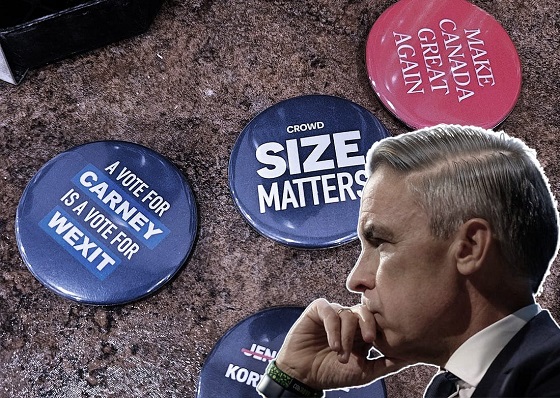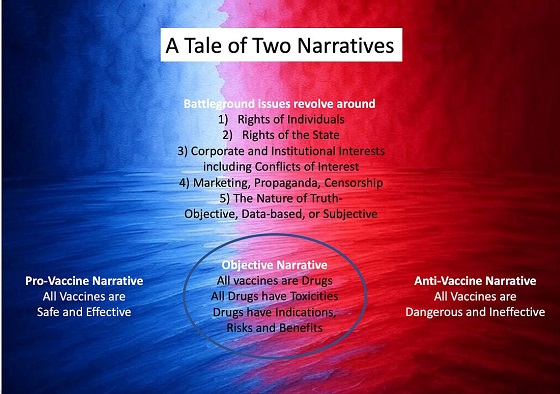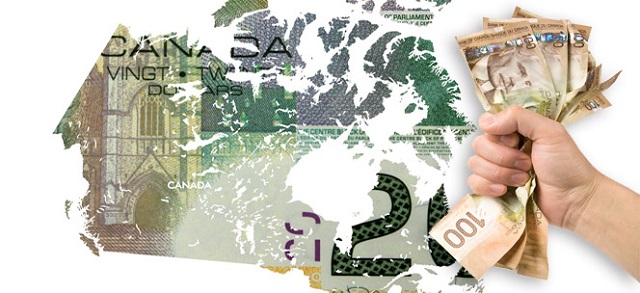Alberta
RCMP officer acted reasonably in shooting incident: ASIRT

RCMP officer acted reasonably in shooting incident
January 17, 2019 Media inquiries
On Sept. 22, 2017, the Alberta Serious Incident Response Team (ASIRT) was directed to investigate the circumstances surrounding the discharge of firearm by a member of the RCMP, with no injuries to anyone.
In the early hours that day, Redwater RCMP notified surrounding areas to be on the lookout for a vehicle involved in two armed robberies and a vehicle pursuit, which had just occurred in their area. One of these robberies resulted in a gunshot injury to the victim. An RCMP officer was driving home after his shift at the Fort Saskatchewan detachment when he spotted a vehicle that matched the suspect vehicle, travelling in the ditch with no headlights or taillights on, just outside of Fort Saskatchewan. The officer reported the information to RCMP and EPS dispatch, and followed the suspect vehicle at a distance while providing updates. The suspect vehicle was intercepted by EPS patrol units, but failed to stop. Following a lengthy pursuit, the suspect vehicle was abandoned in a rural area and the occupants fled on foot.
The RCMP and EPS units established a perimeter to contain the area, as it was believed that the suspects might attempt to steal another vehicle to leave the area. The RCMP officer who had reported the suspect vehicle, still in full uniform, offered to assist and joined another RCMP officer in a fully marked police vehicle. An unidentified truck was observed driving in the area where the suspect vehicle had been abandoned, and a decision was made to stop the truck and identify the driver.
Two marked RCMP vehicles were positioned to stop the unidentified truck at the intersection of Township Road 472 and Range Road 242. As two officers approached the cab of the truck to speak with the driver and lone occupant, the reporting officer held his position behind the deployed spike belt with his firearm drawn at low-ready. The driver of the truck appeared nervous to the officers, was unable to produce identification, and provided an explanation for his presence that was suspicious. The two officers directed the driver to exit the vehicle. As one of the officers reached for the truck driver’s door handle to pull it open, the driver put the truck in motion and accelerated forward quickly, directly towards the officer positioned behind the spike belt. The officer fired his service pistol at the vehicle, and simultaneously jumped to the side, out of the vehicle’s path. Several rounds struck the vehicle but did not enter into the passenger cab of the vehicle, and no one was injured. Having passed over the spike belt, the tires of the truck rapidly deflated and the vehicle was stopped a short distance away. Ultimately, the driver exited the vehicle and was arrested without further incident. Further investigation determined that the truck was, in fact, stolen.
Under S. 25 of the Criminal Code, police officers are entitled to use as much force as is reasonably necessary to carry out their lawful duties. With potentially armed and dangerous individuals at large, the situation was already high-risk. The driver of the motor vehicle was stopped in circumstances where it was not possible for the involved officers to know whether he might have potential association or possible involvement in the earlier events that had resulted in an individual having been shot or the suspects at large. In this situation, the driver’s attempt to escape, the manner of his operation of the (stolen) motor vehicle, including the speed and the decision to drive directly at the officer, created a risk of imminent death or grievous bodily harm to the police officer. The risk was objectively serious and immediate. Furthermore, under S. 34 of the Criminal Code, any person, including a police officer, is entitled to the use of reasonable force in defence of themselves or another. At the point where the driver put the truck in motion in the direction of the officer, the officer was lawfully entitled to act in self-defence. The use of force ceased within a reasonable time frame, and the driver was arrested without further incident. While the officer’s shift had technically ended, he maintained his authorities as a police officer in the province of Alberta and at the time that the driver drove at him, he was entitled to act in the lawful execution of his duties in the face of an individual who was committing criminal offences in that moment, as a police officer, and as a person entitled to defend himself from grievous bodily harm or death.
Having reviewed the investigation, there are no reasonable grounds, nor even reasonable suspicion, to believe that the officer committed any Criminal Code offence. While it is unfortunate that the lives of both the officer and the driver were placed at risk during this encounter, that risk resulted from the driver’s attempt to escape what was a lawful detention by members of the RCMP. The force used in response to that escape attempt was reasonable given all of the circumstances.
ASIRT’s mandate is to effectively, independently and objectively investigate incidents involving Alberta’s police that have resulted in serious injury or death to any person.
Alberta
Made in Alberta! Province makes it easier to support local products with Buy Local program

Show your Alberta side. Buy Local. |
When the going gets tough, Albertans stick together. That’s why Alberta’s government is launching a new campaign to benefit hard-working Albertans.
Global uncertainty is threatening the livelihoods of hard-working Alberta farmers, ranchers, processors and their families. The ‘Buy Local’ campaign, recently launched by Alberta’s government, encourages consumers to eat, drink and buy local to show our unified support for the province’s agriculture and food industry.
The government’s ‘Buy Local’ campaign encourages consumers to buy products from Alberta’s hard-working farmers, ranchers and food processors that produce safe, nutritious food for Albertans, Canadians and the world.
“It’s time to let these hard-working Albertans know we have their back. Now, more than ever, we need to shop local and buy made-in-Alberta products. The next time you are grocery shopping or go out for dinner or a drink with your friends or family, support local to demonstrate your Alberta pride. We are pleased tariffs don’t impact the ag industry right now and will keep advocating for our ag industry.”
Alberta’s government supports consumer choice. We are providing tools to help folks easily identify Alberta- and Canadian-made foods and products. Choosing local products keeps Albertans’ hard-earned dollars in our province. Whether it is farm-fresh vegetables, potatoes, honey, craft beer, frozen food or our world-renowned beef, Alberta has an abundance of fresh foods produced right on our doorstep.
Quick facts
- This summer, Albertans can support local at more than 150 farmers’ markets across the province and meet the folks who make, bake and grow our food.
- In March 2023, the Alberta government launched the ‘Made in Alberta’ voluntary food and beverage labelling program to support local agriculture and food sectors.
- Through direct connections with processors, the program has created the momentum to continue expanding consumer awareness about the ‘Made in Alberta’ label to help shoppers quickly identify foods and beverages produced in our province.
- Made in Alberta product catalogue website
Related information
Alberta
Province to expand services provided by Alberta Sheriffs: New policing option for municipalities

Expanding municipal police service options |
Proposed amendments would help ensure Alberta’s evolving public safety needs are met while also giving municipalities more options for local policing.
As first announced with the introduction of the Public Safety Statutes Amendment Act, 2024, Alberta’s government is considering creating a new independent agency police service to assume the police-like duties currently performed by Alberta Sheriffs. If passed, Bill 49 would lay additional groundwork for the new police service.
Proposed amendments to the Police Act recognize the unique challenges faced by different communities and seek to empower local governments to adopt strategies that effectively respond to their specific safety concerns, enhancing overall public safety across the province.
If passed, Bill 49 would specify that the new agency would be a Crown corporation with an independent board of directors to oversee its day-to-day operations. The new agency would be operationally independent from the government, consistent with all police services in Alberta. Unlike the Alberta Sheriffs, officers in the new police service would be directly employed by the police service rather than by the government.
“With this bill, we are taking the necessary steps to address the unique public safety concerns in communities across Alberta. As we work towards creating an independent agency police service, we are providing an essential component of Alberta’s police framework for years to come. Our aim is for the new agency is to ensure that Albertans are safe in their communities and receive the best possible service when they need it most.”
Additional amendments would allow municipalities to select the new agency as their local police service once it becomes fully operational and the necessary standards, capacity and frameworks are in place. Alberta’s government is committed to ensuring the new agency works collaboratively with all police services to meet the province’s evolving public safety needs and improve law enforcement response times, particularly in rural communities. While the RCMP would remain the official provincial police service, municipalities would have a new option for their local policing needs.
Once established, the agency would strengthen Alberta’s existing policing model and complement the province’s current police services, which include the RCMP, Indigenous police services and municipal police. It would help fill gaps and ensure law enforcement resources are deployed efficiently across the province.
Related information
-

 2025 Federal Election2 days ago
2025 Federal Election2 days agoNo Matter The Winner – My Canada Is Gone
-

 2025 Federal Election2 days ago
2025 Federal Election2 days agoASK YOURSELF! – Can Canada Endure, or Afford the Economic Stagnation of Carney’s Costly Climate Vision?
-

 2025 Federal Election1 day ago
2025 Federal Election1 day agoCSIS Warned Beijing Would Brand Conservatives as Trumpian. Now Carney’s Campaign Is Doing It.
-

 Alberta2 days ago
Alberta2 days agoMade in Alberta! Province makes it easier to support local products with Buy Local program
-

 2025 Federal Election1 day ago
2025 Federal Election1 day agoInside Buttongate: How the Liberal Swamp Tried to Smear the Conservative Movement — and Got Exposed
-

 Alberta2 days ago
Alberta2 days agoProvince to expand services provided by Alberta Sheriffs: New policing option for municipalities
-

 Dr. Robert Malone1 day ago
Dr. Robert Malone1 day agoThe West Texas Measles Outbreak as a Societal and Political Mirror
-

 Bruce Dowbiggin1 day ago
Bruce Dowbiggin1 day agoIs HNIC Ready For The Winnipeg Jets To Be Canada’s Heroes?






